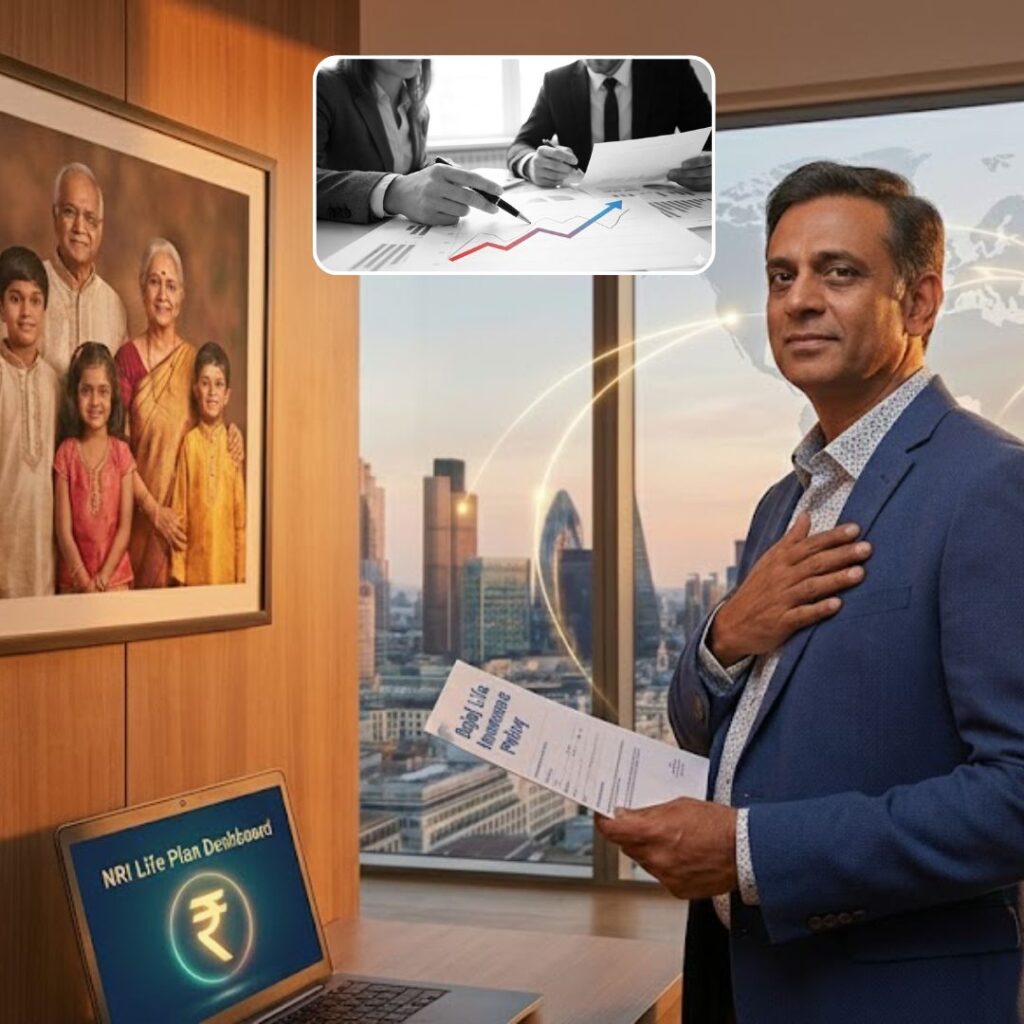From August 27, 2025, the United States will enforce a steep 50 per cent tariff on a broad range of Indian exports, intensifying trade tensions between the two democracies. The tariffs target key sectors such as textiles, gems and jewellery, leather goods, and furniture, while exempting pharmaceuticals, electronics, and some metals. Indian Prime Minister Narendra Modi assured protection for small shopkeepers, farmers, and artisans, promising the government will find a way to withstand the pressure.
The Trump administration justifies the tariffs by linking India’s purchase of Russian oil to funding the Ukraine conflict, while Indian officials call the measures unjust and aim to sustain diplomatic efforts for a resolution. Economic experts predict significant export hits but hope long-term growth remains stable.
What Prime Minister Modi Has Said
Prime Minister Narendra Modi, addressing a gathering in Ahmedabad on Monday, strongly reiterated his government’s commitment to protecting the interests of small entrepreneurs, farmers, shopkeepers, and livestock rearers amid the upcoming US tariffs.
He emphasised, “From the soil of Ahmedabad, I want to affirm that the welfare of small entrepreneurs and farmers is paramount for me. We will not allow any harm to their interests.” Modi highlighted that no matter the economic pressure from Washington, India will continue to strengthen itself to withstand the challenges.
He credited the “Atmanirbhar Bharat Abhiyan” (self-reliant India campaign) with gaining renewed energy from Gujarat’s two decades of hard work, reinforcing India’s resolve to face external economic pressures and keep moving forward.
Impact on Indian Exports and Economy
The United States Department of Homeland Security issued a formal notice on August 25 confirming the additional 25 per cent tariff would raise the total duty on certain Indian imports to 50 per cent, effective from 12:01 a.m. EDT on August 27. This affects about $60.2 billion worth of Indian goods annually, equivalent to nearly 66 per cent of India’s exports to the U.S. Key sectors such as textiles, gems and jewellery, marine products, and furniture face steep duties, with exporters fearing a sharp decline in orders and profitability.
According to the Engineering Exports Promotion Council, demand from U.S. buyers has already reduced significantly, with expectations of a 20 to 30 per cent export drop from September onwards. The Reserve Bank of India has pledged special support measures for affected sectors, including easier access to credit and subsidies, aiming to mitigate immediate impacts on jobs and livelihoods.
Growing Trade Friction and Diplomatic Challenges
The tariff escalation is part of a broader trade dispute tied to geopolitical tensions surrounding Russia’s war on Ukraine. The Trump administration’s Executive Order 14329 links the tariffs directly to India’s continued imports of Russian crude oil, intended to hurt Moscow’s economy and force peace negotiations. India dismisses claims that its oil imports finance conflict and highlights the complex interdependencies in global oil markets, noting that the EU and the U.S. also buy refined products from India.
External Affairs Minister S. Jaishankar has labelled the tariff hikes “unjustified and unreasonable,” stressing that India’s trade negotiations include firm “red lines” protecting farmers and small producers. Despite setbacks, diplomatic talks continue amid speculation over renewed efforts to find common ground in the coming months.
The Logical Indian’s Perspective
As these high tariffs threaten to disrupt livelihoods across diverse Indian communities, it is imperative to reflect on what truly sustains diplomatic and trade relationships-mutual respect, empathy, and a willingness to engage in meaningful dialogue. While governments must defend their national interests, the cascading effect on small businesses, workers, and families should prompt a patient, constructive approach over retaliatory measures.
At The Logical Indian, we envision a future where diplomacy transcends tariffs, where bilateral partnerships between nations foster peace, prosperity, and coexistence rather than conflict.











